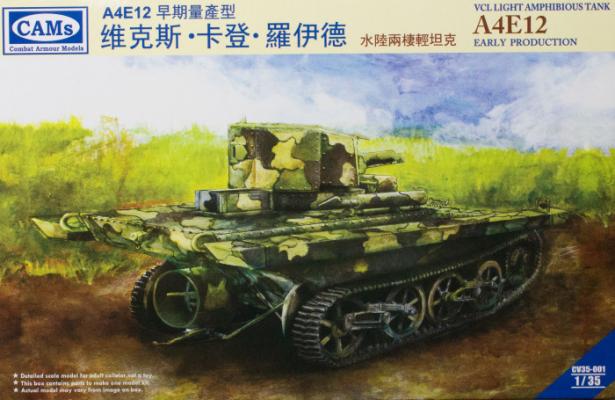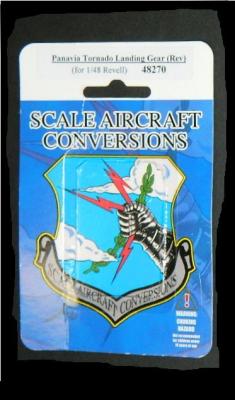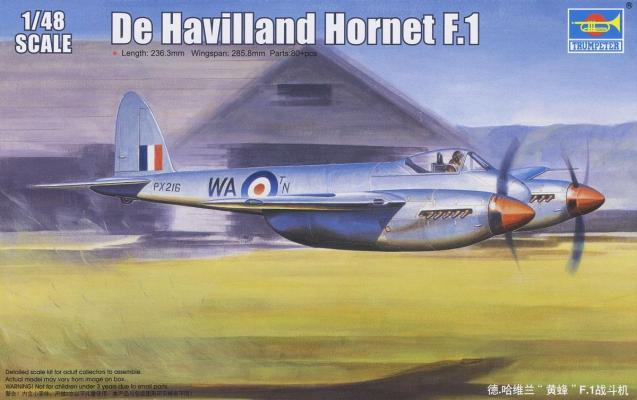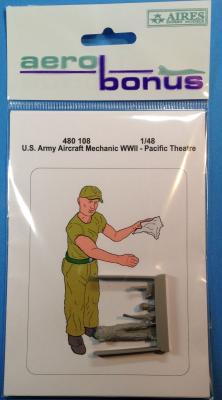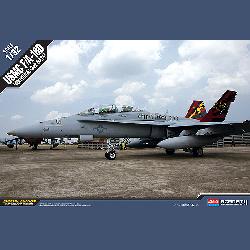Those who know my modeling proclivities are well aware that I’m always fascinated by the small and obscure. This model, the first from this company if the kit number is to be believed, fits both of these categories nicely.
Welcome to the IPMS/USA Reviews site!
Introduction: The primary organization of the IPMS/USA Review website is by IPMS/USA National Contest Class. Within each Class there are sub-menus by kits, decals, books, etc. The Miscellaneous Class is for items that are not class specific or that cross two or more classes.
IPMS/USA Members: We encourage you to submit reviews, both here and to the Journal. To volunteer for membership in the IPMS/USA "Reviewers Corps" and submit your own reviews, please read the Guidelines For Submitting Product Reviews.
Manufacturers, publishers, and other industry members: IPMS/USA is pleased to offer your company the opportunity for product reviews. All product reviews are performed by IPMS/USA members, and are posted in the publicly-accessible section of our website. With very few exceptions, we perform full build reviews of new kit releases, aftermarket products, and supplies. If you would care to provide product samples for review, please contact John Noack, IPMS/USA 1st VP.
To learn more about IPMS/USA, please see our About Us page.
Thanks again to a great IPMS supporter, Ross at SAC… and to IPMS leadership for providing it to me for review. Metal gear rule!
This set provides 15 metal parts to replace the main and nose gear for the new Revell 1/48 Panavia Tornado. Besides the three struts, retraction arms, torque links, and associated extension and compression arms, there are also the torsion arms which fit at the top of the main struts which twist the gear as it retracts. Continuing their recent business model, Revell’s kit is a superior, cost-effective alternative to past 1/48 Tornado kits; detail is there, and out of the box you will have a show-stopper. Adding the metal SAC gear is, however, an excellent option.
One thing to note up front: the kit gear has two-sided struts; the SAC gear is one-piece per strut. In this scale, it matters…
Trumpeter from China has released the first of a series of boxings for the deHavilland Hornet. This boxing represents the Mk.1F, with two other boxings scheduled for release later this year.
Upon opening the box you find 7 sprues (one clear) with about 80 parts in sharp and flash free plastic. Also a decal sheet for two finishing options - both overall silver - is provided.
I have read in British websites that there are some shape issues around the nose, the fuselage length and with panel lines that should not be there. I am not an expert on the Hornet, so I cannot speak to that. Please do your own research on the accuracy component of this model.
Thanks to Aires Hobby Models for sending these excellent diorama figures for review. Thank you to the IPMS Reviewer Corps for letting me review them! I am very appreciative of the chance to contribute back to the scale-modeling community.
This review covers four separate releases that complement each other very nicely. The four figures represent WWII U. S. Army aircraft mechanics in the Pacific Theater. One mechanic figure is pushing upward, perhaps against a fuel tank or engine part, another could be wiping down or polishing, and another figure is mopping up. The last figure is taking a rest on a footlocker sipping a bottled beverage. They are all cast in gray resin with protective pour plugs surrounding the figures. I found the resin to have a very nice balance of workability and strength. I had no troubles with brittle parts or needing to do excessive sanding. Flash was minimal and easily removed when present.
History
The F/A-18D is a two seat variant of the early McDonald Douglas Hornet. The rear seat of this variation is configured to allow a Marine Corps naval flight officer to function as the system and weapons officer similar to that of the F-15E Strike Eagle rear seater. In this roll there are no flight controls situated in the rear cockpit. With the US Marine Corp the F/A-18D serves primarily as a night attack bomber and forward air controller.
These modern D models are the result of a block upgrades in 1987 and 1989 which gave the Hornet the capacity to carry new missiles and air-to-ground weapons. Now fitted with forward looking infrared, night vision goggles, multi function color displays and moving maps the Hornet is capable to strike anytime of day or weather deep behind enemy lines.











